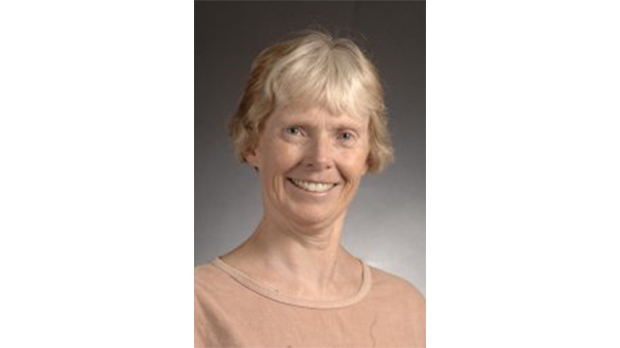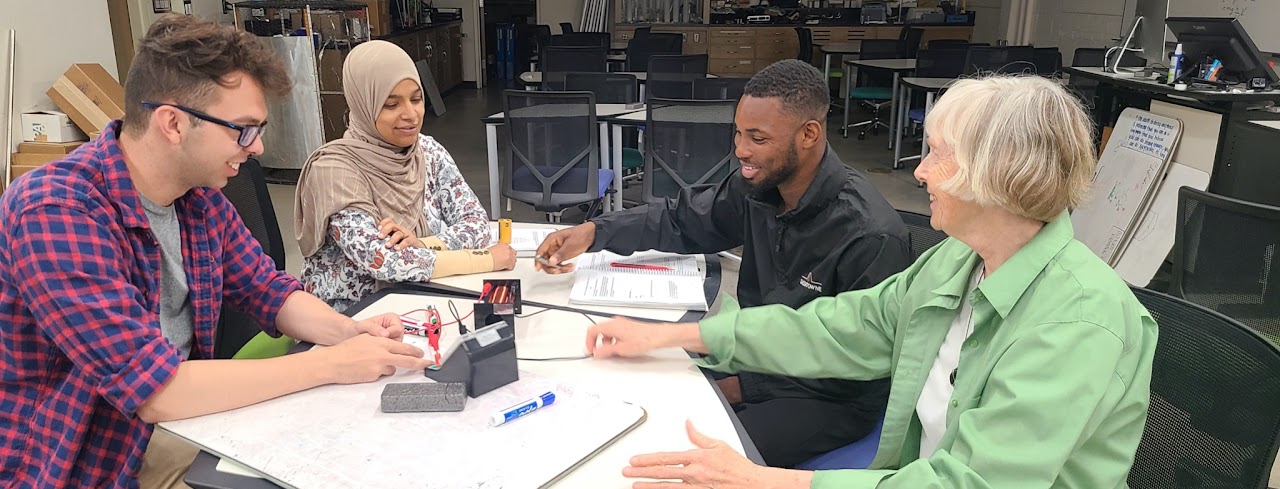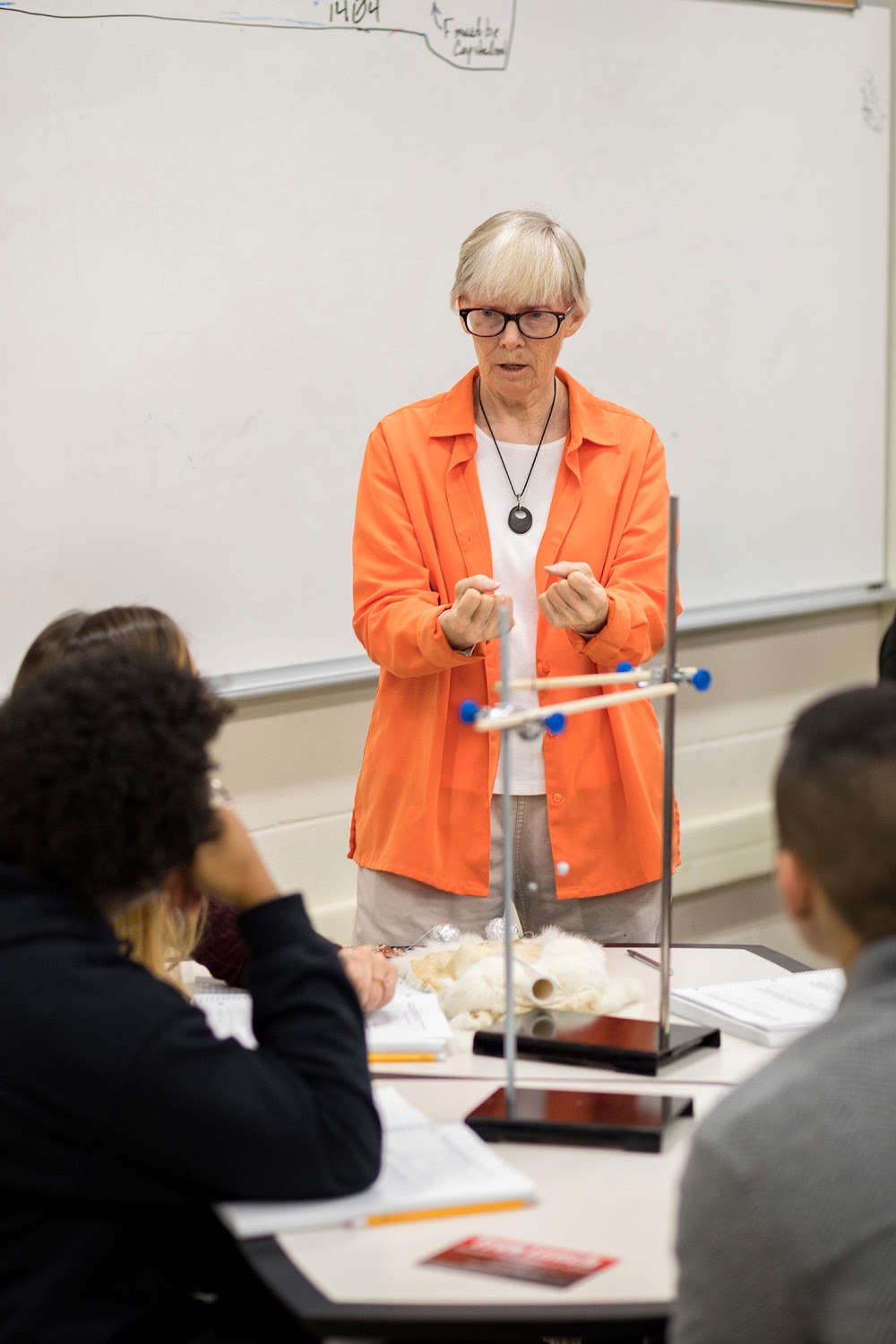Texas Tech Physics Professor Beth Thacker has written a paper examining the history, impact and evolution of a class she has researched and taught for over 20 years.
Beth Thacker knew she was on to something long ago. Now, she has had a paper published on her teaching methods and evolution of education research through a laboratory-based course in the Department of Physics and Astronomy at Texas Tech University.
Thacker, an associate professor in the department, has taught the inquiry-based physics sections for more than 20 years, and while the inquiry-based sections maintain focus on physics, they do so in non-traditional ways. That means using Socratic questioning where Thacker, teaching assistants (TAs) and undergraduate learning assistants (LAs) teach and assess students’ knowledge through questioning.
“Students work experiments and develop models and equations based on those experiments and equations,” she said. “They still have homework, exams and quizzes, but even those are done a little differently. A lot has gone into this course, which I started developing years ago.”

Thacker’s paper was published in the Aug. 22 edition of the American Physical Society’s journal Physical Review Physics Education Research (PRPER). It offers a historical overview of the inquiry-based sections of the physics class that is taught to health science majors and includes no lectures or required texts. The paper connects physics education research and its relationship with teaching materials and methods.
The expectation is the approximately 60 students in each section will learn in groups, using a guided inquiry approach and a manual that contains experiments to explore the nature of the world around them.
“The hands-on approach to learning helps everyone retain content knowledge, especially kinesthetic learners,” said Ethan Mathew, who has taken the class and now is a lab assistant. “Rather than reading information on a PowerPoint or listening to a professor during a lecture, students actively engage in experiments to determine physics concepts. Physically carrying out experiments allows the concepts to be retained for longer periods of time.”
The class helps students develop their critical-thinking skills in addition to expanding their knowledge of science and physics.

“There was a lot of effort involved in the initial development of the class,” Thacker said. “Early on, we were able to secure a couple of grants that supported the development of the materials. The paper includes not only the research supported by the grants, but also the course development and how it changed over time.”
Likewise, Thacker’s paper looks at what was taking place historically, both locally and nationally, in the realm of physics education and research because the field was still young when she joined the faculty at Texas Tech in 1999.
In the years since, the world of physics education has grown dramatically. In Thacker’s class, the students learn both quantitatively and qualitatively through the experiments they conduct. Her paper includes a detailed look at multiple assessments of the class through the years that address students’ understanding of concepts and their thinking skills.
She has assessed students’ conceptual understanding through free-response exam problems and conceptual inventories and thinking skill through free-response questions. She has studied the comparison of the inquiry-based sections to the traditional sections, explored the effect of course expansion and studied LAs’ knowledge of the material taught.

One finding uncovered through the assessments is that students taught through the inquiry-based format showed more evidence of applying their thinking skills to solve problems, especially in free-response exam problems. In conceptual understanding, the inquiry-based students do at least as well, and often better, than traditionally taught students.
“The course’s standout feature is it helps enhance critical thinking skills,” Mathew said. “Since the homework, exam and lab manual questions are all free-response, students must genuinely understand the course content and apply their knowledge. This goes beyond merely memorizing equations for multiple-choice exams typically found in lecture courses.”
The class has steadily grown from its original size of two dozen students per section to the current cohort of 60 students per section. As it has expanded, Thacker has enlisted other instructors to teach the course, added more TAs and started employing undergraduate LAs to help teach.
“For the class to be successfully taught, we employ a questioning approach,” Thacker said. “The TAs, LAs and I will go to a table of students and assess their understanding of the concepts by asking them questions. From there, we will try to guide them to a correct thought process and correct understanding through questioning.”

